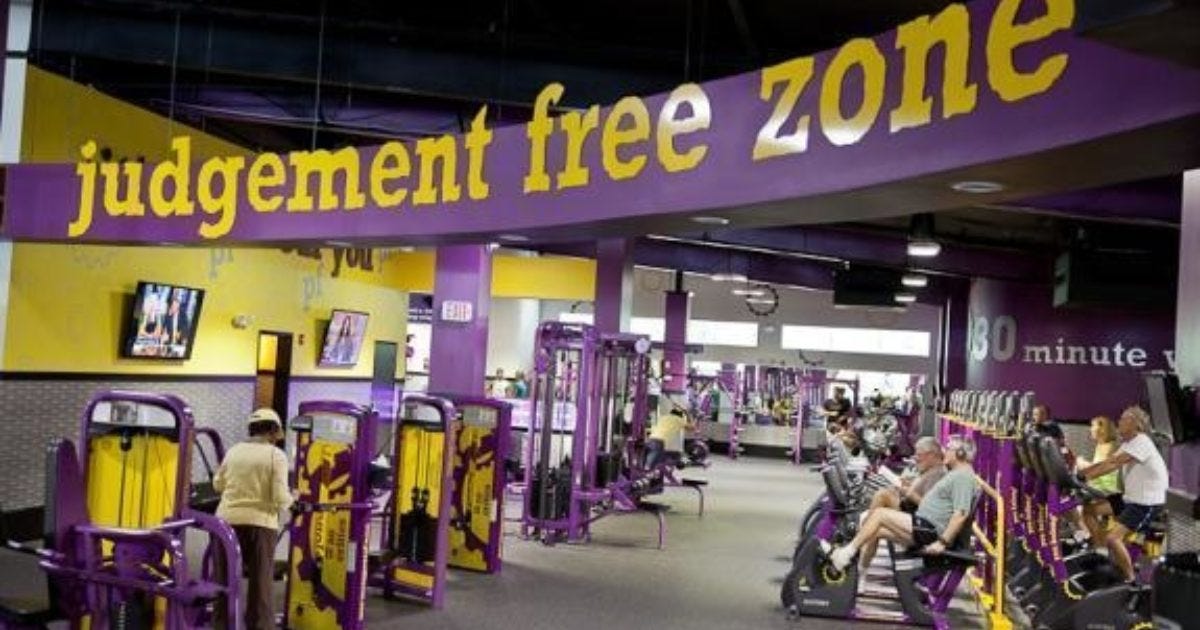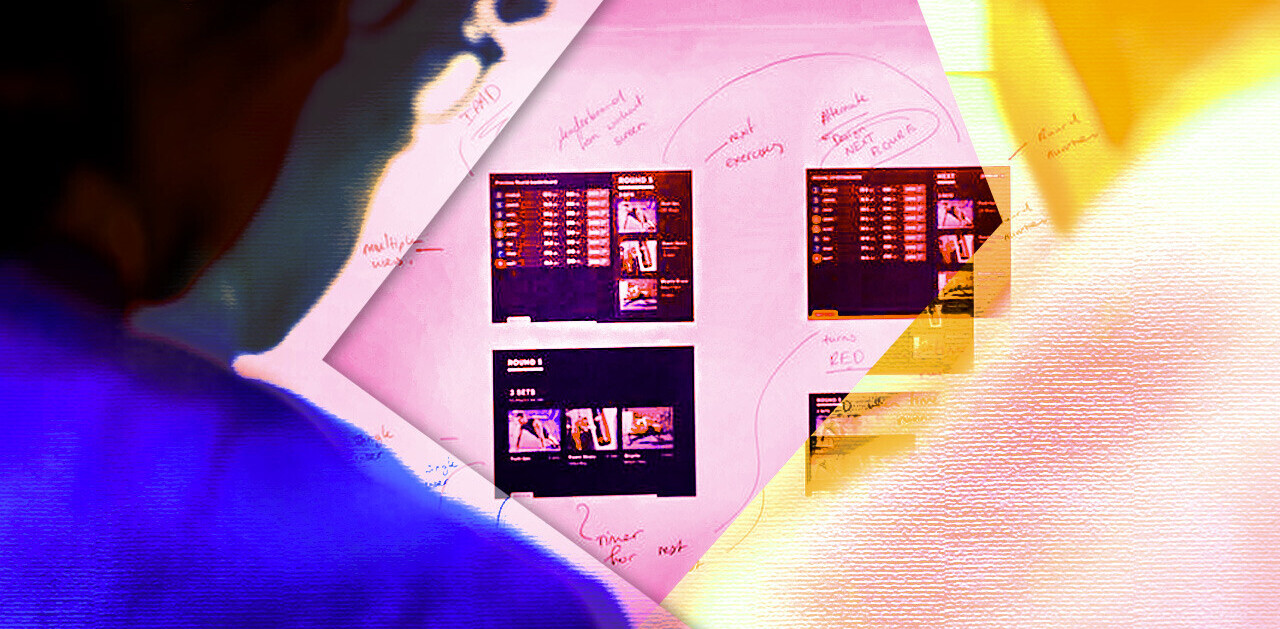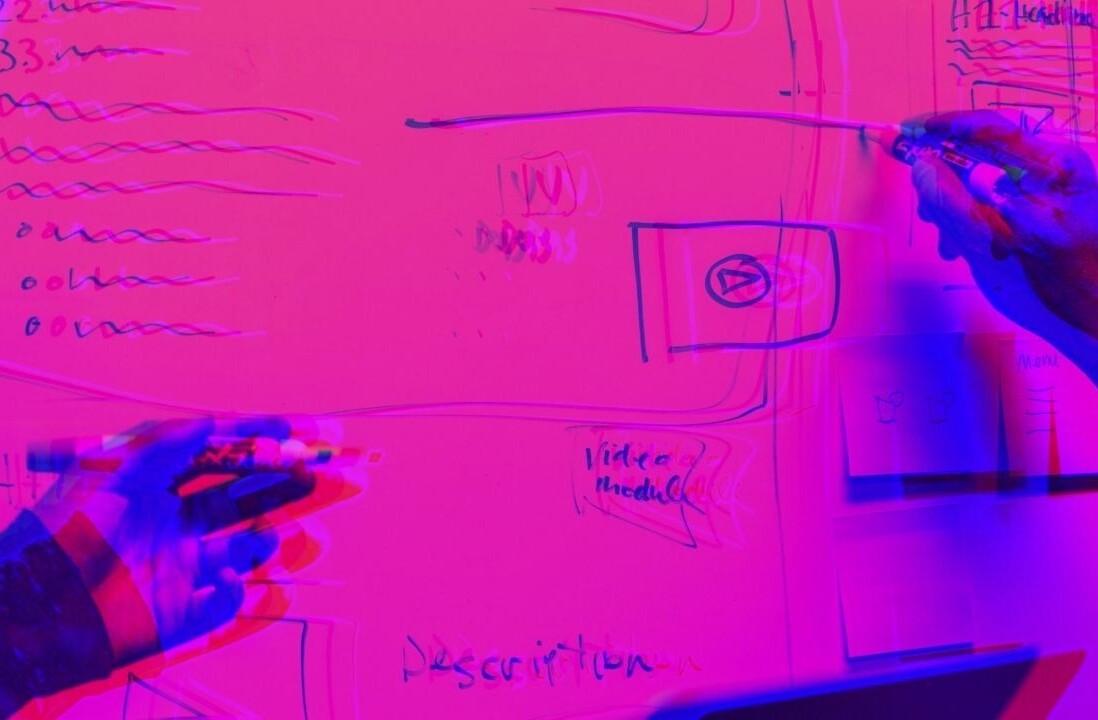
Marketing is the art and science of making your brand the easy choice for your customers. Today’s consumers are smart and more in-tune with their desires than they have ever been. It is not the “loudest” marketing campaign that wins, it’s the most relevant one. This is good news for startups and emerging businesses with small marketing budgets because it evens the playing field. If you know how to use behavioral design, your insights will lead to higher profits and a more established brand.
The premise behind behavioral marketing is using psychology and science to tap into your customers’ goals, understand their motivations, figure out how they make choices, and identify the contextual factors that skew their preferences. In this article, we will cover the eight forces that influence consumer buying behavior and show you how to use these factors in your own business.
The three key factors of non-conscious mindstates
Creating a brand is an exercise in psychology. There are millions of blogs and websites that can help you choose brand colors, come up with a unique name, and decide on UX details. The purpose of these elements is to convey a consistent message that is unique and clear. However, these factors are like the paint on a house. It makes the house look complete and polished, but in order to have something to put paint on, you must build the house.
Developing your behavioral design strategy is like building the actual house.
1. Goals
The foundation of any behavioral strategy is to determine what your ideal customer is after. From breathing to buying, everything we do is the direct result of a goal we have. In order to get to the root of your customers’ goal, you need to take the time to see your business through their eyes.
Answer the question: What job is my business getting done for this person?
All too often, the actual goal is one why-question deeper than the surface level goal. For example, let’s assume you’re running a boutique fitness studio and you think your prospective customer is looking to get in shape or maintain their health. You wouldn’t be wrong, but you wouldn’t be fully right either.
You have to dig deeper. Why does your customer want to get in shape? Perhaps they want to lose weight so they can more easily play with their young children. Or maybe they want to boost their low self-confidence. In that case, you’re dealing with a customer who has the goal of boosting their self-confidence. This customer-type is very likely new to the gym. They will find it extremely hard to buy into your offering if your marketing materials are plastered with six-pack laden bodybuilders.
As a result of your goal research, you should have a better idea about how to design your offering to best meet the actual needs of your customers.
If you come up with more than one customer type and you’re trying to figure out how to accommodate everyone, you’re not alone. Most businesses do serve a variety of different customers. It is easier and your messaging will be clearer if you stick to one customer type. You can design different products, services, packages, and even departments to handle your customer variety.
2. Motivations
No goal will be acted upon without the motivation to do so. It’s human nature to strive for bigger and better things but, for that ball to start rolling, internal motivation is required. This isn’t about what the customer wants or even why they want it, it’s about how they intend to get it.
Motivation can be tricky because it is almost always an internally-driven force, meaning nothing from the outside world can move us to pursue a goal if we personally don’t feel like it’s a worthwhile effort. This is why incentivizing employees with pay raises often fails to increase productivity and why a bad habit can’t be kicked until there is a personal desire to do so. We fuel our own dreams, which is exhausting and invigorating at the same time.
The question to ask with motivation is: What is fueling this person’s behavior?
When discussing motivation, I find it extremely helpful to use Maslow’s Hierarchy of Needs to identify the spectrum your customer is on when evaluating your product.
There are five levels to the Hierarchy of Needs and your potential customer’s motivation falls somewhere between them. When you can successfully identify where your customer’s motivation is coming from, you can determine anything from the pricing structure you should use to the font for your logo.
Let’s take the example of a hotel. Hotels range from seriously terrifying at $30 per night to extremely exclusive at over $3,000 per night. Understanding your customer’s motivation would help you figure out where to align your brand.
If your customer is struggling to meet his or her physiological needs, your hotel is simply protection from the elements of the world- they will take the absolute cheapest room available. If your customer has their physiological needs met, they will look for a hotel that is safe and comforting- perhaps one that is in a decent part of town and has a front desk attendant. Beyond these elements, they aren’t going to be too picky. If your customer has their safety needs met, they will begin to shop around likely choosing a hotel based on location, amenities, rewards points, and other features. If your customer has their belongingness & love needs met, they’re going to be looking for luxury accommodations. Perks like room service, a spa, dry cleaning, on-site dining, and the like will be non-negotiables. Finally, if their esteem needs are met your customer will be looking for exclusivity. They’re only interested in hotels that are not available to the general public or are so expensive that most people cannot afford them.
Determine where your customer stands as far as their internal motivation and you’ll be able to create the offering that they’re uniquely after.
3. Regulatory approach
Some people are very cautious while others actively seek out risk. Some people prefer to bargain shop while others are happiest in designer boutiques. Very often our regulatory approach is less of a conscious choice and more of a subconscious focus.
In his book, Marketing to Mindstates, Will Leach describes the theory of regulatory approach as “our internal GPS or Waze that tells us what path we should take to reach our goals.” He goes on to explain: “once you have insight into the regulatory focus of your target consumers, you can frame your brand with visuals and copy that provide a path of least resistance for their nonconscious to follow.” For more on framing, check out this article I wrote on the power of putting things in perspective for your customers.
In order to use framing as a technique, you have to be very aware of your customers’ regulatory approach.
Understand their risk vs. reward system
A broad way to categorize risk and reward is to group your customers into one of two segments: promotion-focused or prevention-focused. A Harvard Business Review article entitled, Do you play to win- or to not lose? excellently explains the concept of promotion and prevention biases.
The article reads:
“Promotion–focused people see their goals as creating a path to gain or advancement and concentrate on the rewards that will accrue when they achieve them. … Prevention–focused people, in contrast, see their goals as responsibilities, and they concentrate on staying safe.”
The same scenario looks very different in the eyes of someone with a prevention-focus than in the eyes of someone with a promotion-focus.
For example, when considering buying a new jacket, prevention-focused people will consider what might happen if they don’t buy it: “Will I be cold? What if I’m not stylish enough? Do I need this color? What are the consequences of not buying this jacket? Will I feel remorse or regret?” Whereas, promotion-focused individuals will think about all the wonderful things that will come from buying the jacket: “I will look so good. No one has this kind of jacket, I’ll be a trendsetter. I can’t wait to walk around in this, I’ll feel so confident.”
Neither prevention or promotion focus is better, they are simply different. They both have unique strengths and weaknesses. If you can identify which category your target customer falls into, you can frame your marketing and sales strategies accordingly.
For a prevention-focused strategy, aim to highlight the practicality of your offering. Make it clear that you’re solving a problem that the consumer has and try to answer some of their internal-monologue questions with your marketing copy. Show visuals of people better off after using your product or engaging with your service.
For a promotion-focused strategy, try to hone in on the positive feelings one can anticipate having after using your product or service. Reinforce their optimistic beliefs and use pictures that help them visualize themselves living the life they dream of or aspire to have.
Bringing it all together
Goals + Motivation +Regulatory Approach = Your Customers’ Unique Purchase Profile. Once you understand your target market’s feelings, actions, and perspectives- you can design your marketing strategy and even your products to exactly fit the picture your customer has in his or her mind about what they want to buy. It may sound like a lot of work to conduct all of this research and analyze the results, but it’s far less work, and less expensive, than trying a million different strategies and hoping that one resonates.
This article was originally published by Roamy on Better Marketing, a publication providing advice that works and covering digital and social media marketing, tools, and case studies. You can read the original piece here.
Get the TNW newsletter
Get the most important tech news in your inbox each week.








